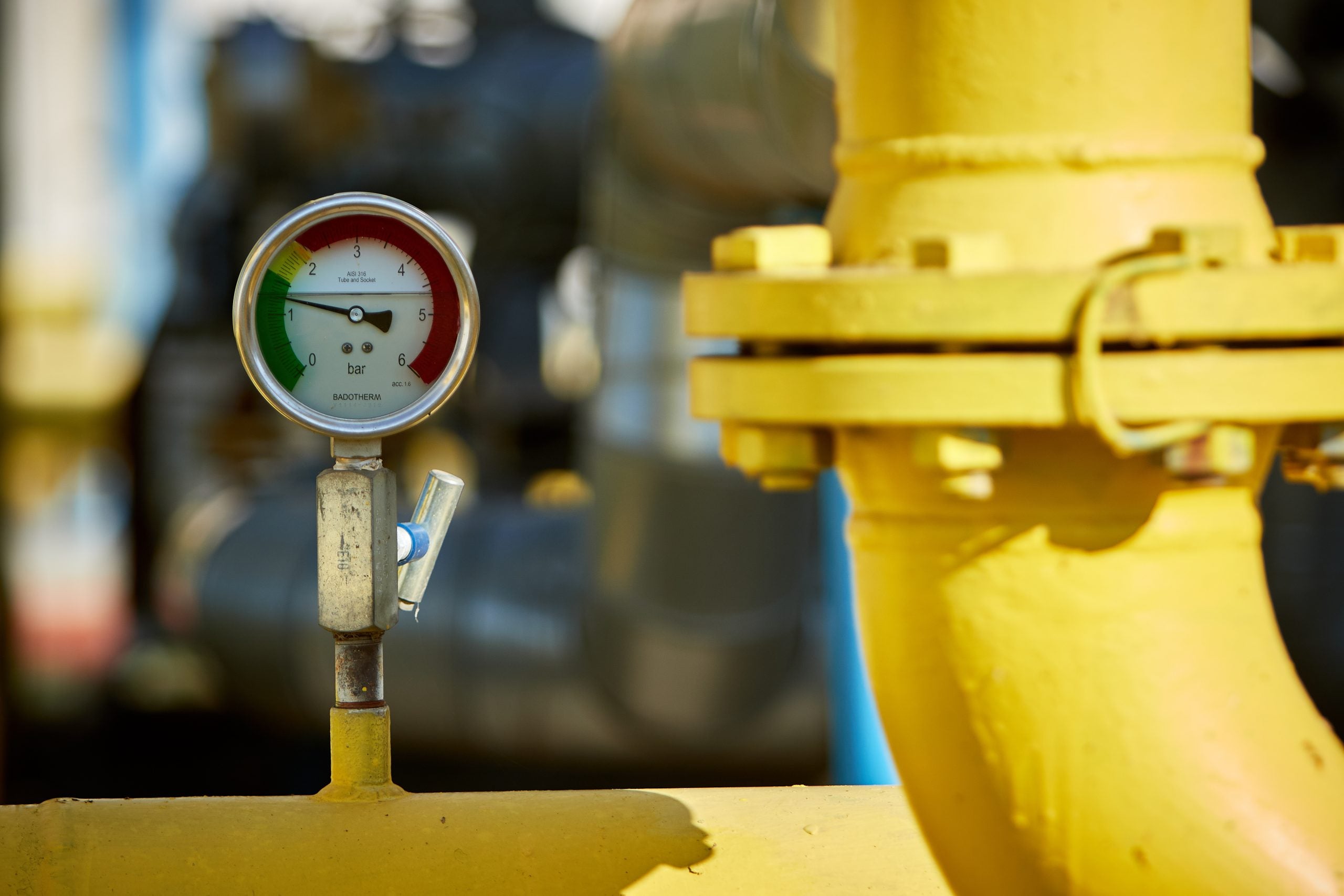This blog was coauthored by Maureen Lackner, Huong Nguyen and Aaron Wolfe.
New EDF Economics Discussion Paper describes the instrument options available to policy makers in both oil and gas producing as well as importing countries.

Measuring to assess context and quantity of methane emissions in the EU. Photographer: Jarno Verhoef.
Policy makers around the world are increasingly recognizing the need to drastically reduce methane emissions in parallel with carbon dioxide emissions. More than a hundred countries have signed the Global Methane Pledge and made a collective commitment to reduce global methane emissions by 30% by 2030 from 2020 levels.
Reducing methane emissions in the oil and gas sector is considered particularly promising, not only because of estimated low or even negative net abatement costs for many of these emission sources, but also because most of these solutions involve mature existing technologies and work practices.
What public policy instruments can help reduce methane emissions from the oil and gas sector? We address this question in our recent EDF Economics Discussion Paper Policy Instrument Options for Addressing Methane Emissions from the Oil and Gas Sector from the perspectives of oil and gas producing as well as importing countries. Read More









